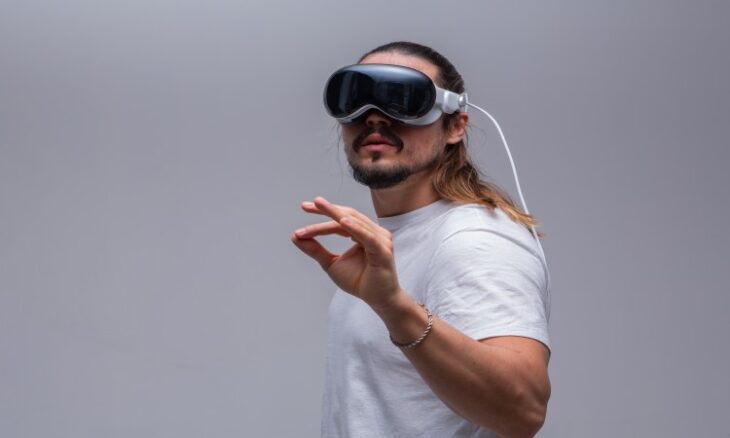ByteDance Taps Pico for Lightweight Mixed Reality Headset
Recent industry intelligence indicates that ByteDance has assigned its virtual-reality subsidiary, Pico, to engineer a new mixed-reality (MR) device intended to compete directly with offerings from Meta and Apple. Sources familiar with the programme state that the forthcoming headset will layer digital graphics over a continuous view of the user’s surroundings, adopting the pass-through approach now common in high-end MR hardware.
Engineering priorities reportedly centre on reducing overall weight. Pico’s design team is said to have adopted a two-part architecture in which a slim visor links wirelessly to a separate computing puck. Offloading the heaviest components from the head-mounted unit is expected to improve wearer comfort during extended use and differentiate the product from bulkier rivals.
In tandem with the industrial design effort, Pico engineers are developing bespoke silicon intended to accelerate sensor data processing and minimise visual latency. On-device chips will manage the rapid fusion of camera feeds, depth information and inertial data, thereby helping to maintain a seamless match between the user’s real-world movements and the rendered graphics. Achieving this low-latency objective is regarded internally as essential if the device is to stand comparison with Meta’s Quest range and Apple’s Vision Pro.
Although Pico leads development, branding for the finished product remains undecided. Executives have yet to determine whether the headset will carry the Pico badge, a ByteDance mark, or an entirely new label devised for the MR portfolio. The decision is expected to hinge on marketing considerations in China and overseas, where brand recognition differs markedly.
Regulatory pressures that once threatened ByteDance’s core social-media operations appear to be easing, giving the parent company latitude to diversify its hardware ambitions. The prolonged uncertainty over TikTok’s status in the United States and parts of Europe limited senior leadership’s appetite for large-scale hardware investment. With that uncertainty now reduced, capital has been redirected towards emerging technology segments, MR among them.
Pico’s commercial track record within China provides additional justification for the initiative. The Pico 4 virtual-reality series, launched domestically in 2024, reached an estimated 10,000 unit sales within the first fortnight despite fierce competition from Meta’s Quest 2. Market analysts attributed the rapid uptake to aggressive local pricing and ByteDance’s ability to leverage the TikTok ecosystem for promotional campaigns.
Meta has long sought a meaningful re-entry into the Chinese market, yet shifting policy conditions and established local competitors have limited progress. The advent of a lightweight ByteDance headset, tailored for domestic preferences and potentially bundled with popular content platforms, poses another obstacle to Meta’s plans. Apple’s Vision Pro, positioned at a premium price point, is likewise expected to face headwinds if ByteDance succeeds in undercutting weight and cost while narrowing the performance gap.
ByteDance’s strategy signals a broader push to integrate hardware, software and social platforms. Observers note that an XR device aligned with the company’s short-form video and live-streaming services could spur new content formats, from immersive entertainment to location-based social interactions. Development timelines have not been disclosed, but supply-chain activity suggests that early engineering prototypes are already under evaluation, with mass-production slots being pencilled in for late-2026.
In summary, ByteDance’s renewed hardware drive centres on Pico’s effort to deliver a feather-weight mixed-reality headset equipped with custom processing silicon. By focusing on comfort, latency reduction and ecosystem integration, the group aims to challenge Meta’s established Quest portfolio and Apple’s recently unveiled Vision Pro, while consolidating its domestic leadership position in immersive technology.










